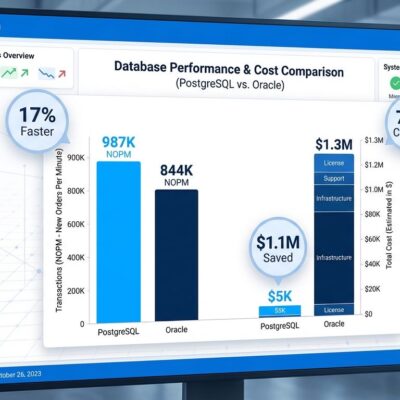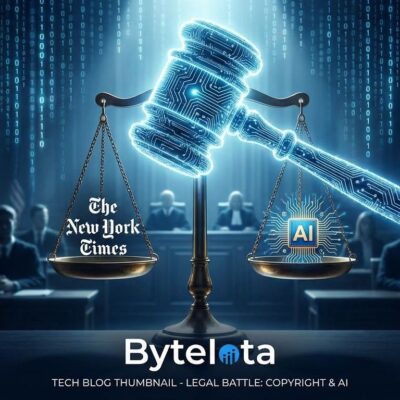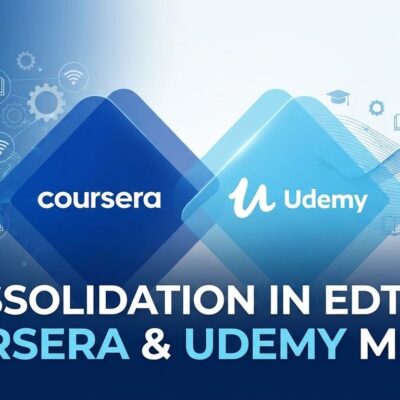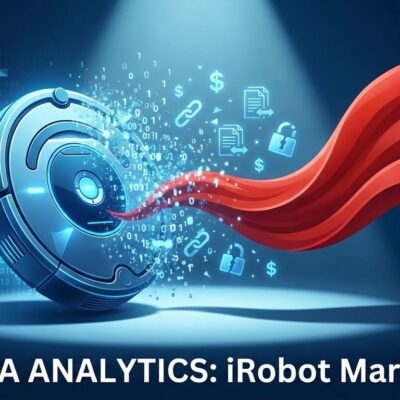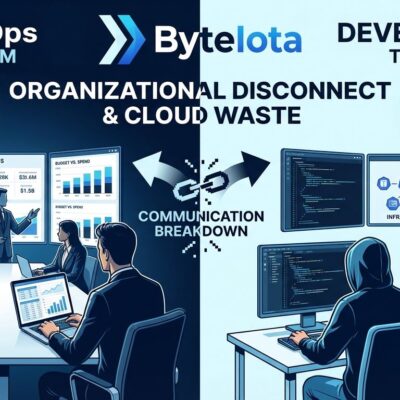
The quantum computing market is experiencing explosive growth in 2025, projected to surge from $1.42 billion in 2024 to $20.2 billion by 2030 at a 41.8% CAGR. Wall Street is betting big—quantum stocks have seen spectacular gains with D-Wave Quantum up 3,700%, Rigetti Computing up 5,700%, and IonQ up 700% over the trailing year. However, there’s a significant disconnect: while market caps soar into the billions, the entire industry generated just $650-750 million in revenue in 2024, with the $1 billion milestone expected in 2025. This gap between hype and reality reveals both the massive opportunity and the long-term bet investors are making on quantum’s commercial transition.
Wall Street Bets Big: $40B Market Caps on $1B Revenue
Quantum computing companies command massive market capitalizations despite modest revenue. IonQ has a $16.1 billion market cap on roughly $110 million annual revenue. Rigetti sits at $13.9 billion on just $8 million in revenue. D-Wave carries a $12.5 billion valuation on approximately $15 million in sales.
Q3 2025 results show the reality: IonQ reported $39.9 million in revenue (up 222% year-over-year), Rigetti $1.9 million (down 21%), and D-Wave $3.7 million (up 100%). Total industry revenue for 2024 was $650-750 million, expected to cross $1 billion in 2025—a far cry from the tens of billions in market capitalization.
This valuation gap mirrors early cloud computing patterns. It’s a long-term bet on commercial viability 5-10 years out, not current profitability. The market believes in quantum’s potential, but revenue growth needs to catch up with valuations to justify these stock prices.
Quantum’s iPhone Moment: Free Access Changes the Game
Cloud platforms from IBM, Google, Microsoft Azure, and Amazon Braket now offer pay-as-you-go access to real quantum processors, with free tiers for students and researchers. IBM provides access to processors ranging from 5-127 qubits, including the 1,121-qubit Condor—currently the world’s largest quantum processor. Azure offers $500 in free credits per quantum provider.
Developers can write quantum code using Qiskit (Python SDK), Cirq, Q#, or PennyLane and run it on real quantum hardware—not just simulators. IBM’s free tier gives access to advanced Heron QPUs with tunable coupling architecture. Moreover, no $10 million infrastructure investment or cryogenic engineering expertise is required.
This is quantum’s democratization moment, transitioning from “researchers only” to “any developer can experiment.” Cloud platforms lower the barrier to entry just as AWS did for cloud computing. You can learn quantum programming today using free resources like the Qiskit textbook and IBM Quantum Learning platform and experiment on real hardware without career-changing commitments.
Finance and Pharma: Where Quantum Delivers ROI Today
Quantum computing isn’t just theoretical—it’s solving real commercial problems in finance and pharmaceuticals right now. Banks are projected to save $12 billion annually in fraud detection costs using quantum machine learning. Quantum algorithms deliver 35% better portfolio diversification results compared to classical methods.
In finance, HSBC and IBM are piloting quantum-enabled algorithmic trading. JPMorgan is using quantum algorithms for portfolio optimization, replacing traditional Monte Carlo simulations. Furthermore, D-Wave’s technology can analyze thousands of financial scenarios in 7 seconds—tasks that would take years on classical computers. Notably, 65% of banks plan to adopt quantum risk modeling by 2026.
Pharmaceutical companies are seeing similar breakthroughs. AstraZeneca partnered with AWS and IonQ to demonstrate quantum-accelerated chemistry workflows for drug synthesis. Google and Boehringer Ingelheim simulated Cytochrome P450 enzymes critical for drug metabolism with greater precision than classical methods. Additionally, Merck, Amgen, and QuEra are using quantum to predict biological activity from molecular descriptors. McKinsey estimates $200-500 billion in value creation for life sciences by 2035.
These aren’t “quantum supremacy” demos—they’re commercial applications delivering measurable ROI today. Finance and pharma are proving quantum’s value in production environments, validating the technology’s commercial potential.
The 2028 Deadline: Error Correction Blocks Scaling
Error correction has become “the axis around which government funding, commercial strategies, and scientific priorities revolve,” according to the Riverlane Quantum Error Correction Report 2025. Current systems require 100-1,000 physical qubits per logical qubit due to high error rates. Industry roadmaps across governments and companies align on 2028 as the critical deadline for error correction integration.
The number of firms working on error correction grew 30% in the past year (from 20 to 26 companies). However, scaling to hundreds or thousands of logical qubits—necessary for most practical applications—remains out of reach for current hardware. Until error correction is solved, quantum is limited to specific use cases where imperfect results are acceptable.
The 2028 timeline gives developers a clear milestone: meaningful commercial applications will emerge post-2028 for most problem domains. Before then, it’s hybrid quantum-classical workflows for niche optimization and simulation.
When Should Developers Learn Quantum?
Quantum computing is accessible for learning today but won’t impact most developers’ work until 2028-2030. The decision depends on your industry and career goals.
Learn now if you’re in finance, pharmaceuticals, or working on optimization-heavy problems. These industries are seeing ROI today and will expand quantum adoption over the next 5 years. Researchers and anyone curious about emerging technologies should also start exploring.
Wait until 2026-2028 if you’re in logistics, operations, or industries where optimization is important but not mission-critical. By then, error correction progress will make quantum more practical for broader use cases.
Wait until 2028+ for mainstream development (web, mobile, general application development). Quantum will become more broadly applicable once error-corrected systems reach commercial viability.
Learning resources are abundant and free. IBM Quantum Learning offers comprehensive courses from beginner to advanced. The Qiskit textbook is community-recommended as the best hands-on resource. Coursera courses were updated in May 2025, and the “Coding with Qiskit 1.x” YouTube series covers the latest version.
Key Takeaways
- The quantum computing market is growing 41.8% annually to $20 billion by 2030, but revenue remains modest at $1 billion in 2025
- Stock surges (700-5,700%) reflect future bets on 2030+ commercial viability, not current profitability
- Cloud platforms from IBM, Azure, AWS, and Google democratize access with free tiers—no infrastructure investment needed
- Real ROI exists today in finance ($12 billion fraud detection savings) and pharma ($200-500 billion value by 2035)
- Error correction by 2028 is the gating factor for broader commercial viability and mainstream adoption
- Developers in finance/pharma should learn quantum now; mainstream developers can wait until 2028+ when applications broaden





